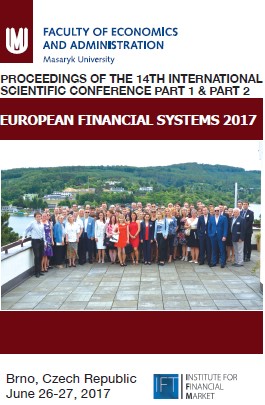Corporate Tax Revenues of Selected EU Countries Using Spatial Autocorrelation Approach
Corporate Tax Revenues of Selected EU Countries Using Spatial Autocorrelation Approach
Author(s): Slavomíra Martinková, Jakub Danko
Subject(s): Economic policy, Methodology and research technology, EU-Approach / EU-Accession / EU-Development, Fiscal Politics / Budgeting
Published by: Masarykova univerzita nakladatelství
Keywords: corporate income tax revenues; spatial autocorrelation; local indicators of spatial association (LISA) method;
Summary/Abstract: The reason of state interventions in economic processes of countries is in the economic literature supported by the hypothesis of the failure of the market mechanism with the efficient allocation of economic resources in the context of social optimum. In terms of fiscal policy affecting the rate of growth of corporate income tax revenues, there are numbers of views expressed by experts in economic theory. During the process of increasing internationalization, it is important to monitor the economic, and spatial contexts that are influencing changes in corporate tax revenues in countries. The main goal of this study is to model spatial autocorrelation of corporate income tax revenues in the EU member countries of selected time periods. Authors analyse the spatial structure of corporate income tax revenues of selected EU member countries by using the Local Indicators of Spatial Association Method. The used method identifies the range of the relevant spatial clusters of selected indicator, while the partial aim of the contribution is to identify areas with negative spatial autocorrelation of selected EU member countries’ corporate income tax revenues. The results of the analysis are compared by observing fiscal indicators in terms of the tax policies of individual countries.
- Page Range: 44-52
- Page Count: 9
- Publication Year: 2017
- Language: English
- Content File-PDF

